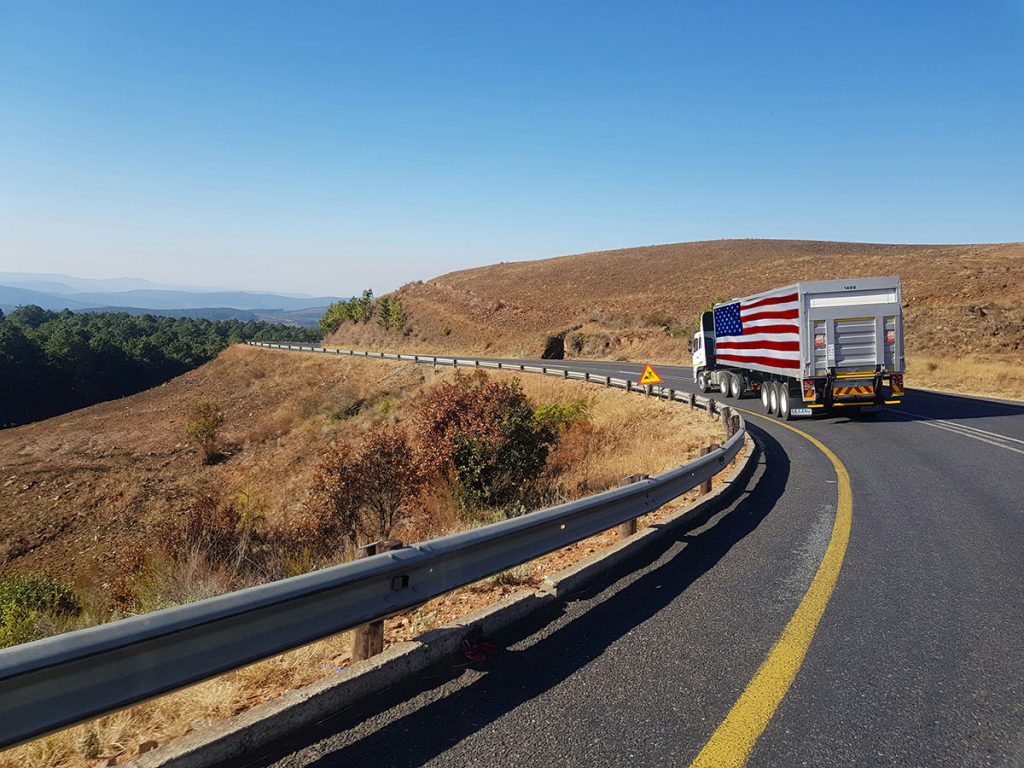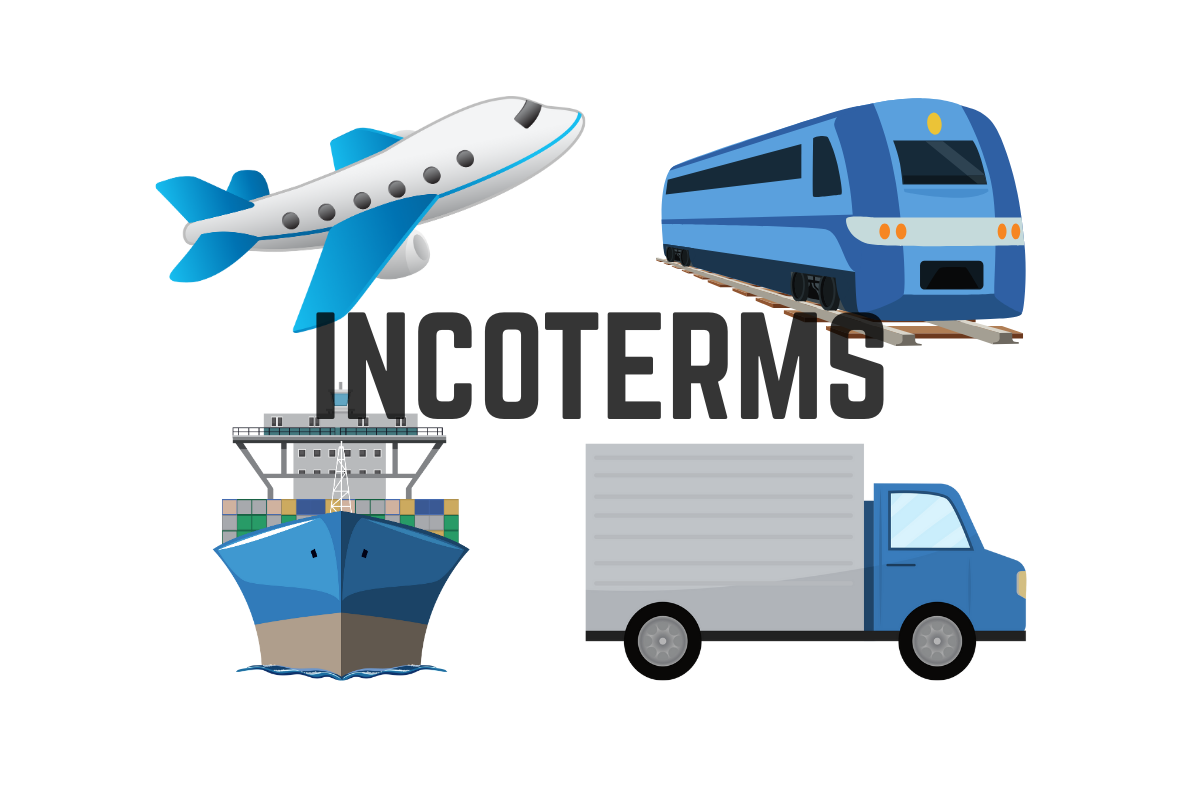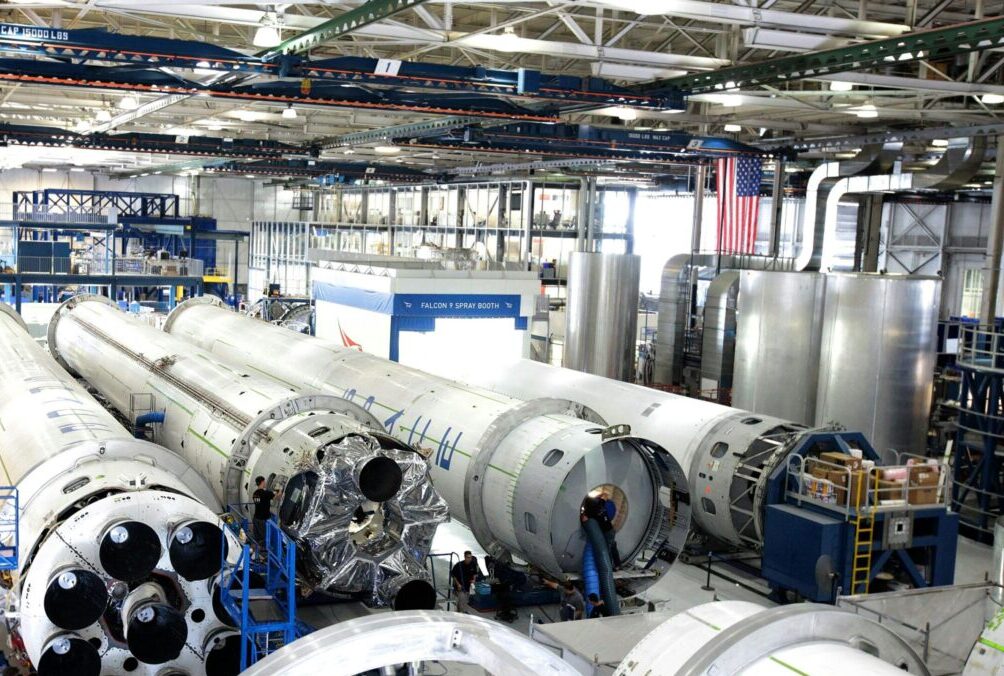Cross-border operators expect 2024 to be a busy year. More tractor-trailers are passing between the United States and Mexico daily, carrying everything from cars and auto parts to electronics and fresh produce.
Shippers are attempting to return to normal freight seasonality amid uncertain economic conditions. Mexico is positioned to take advantage of potential nearshoring opportunities, according to experts.

 Chhugani predicts sustained nearshoring growth, citing projections of increased foreign direct investment and the entry of new companies into Mexico. Habe corroborates this outlook, citing the immediate impact on existing manufacturing. He anticipates the further growth in new manufacturing facilities.
Chhugani predicts sustained nearshoring growth, citing projections of increased foreign direct investment and the entry of new companies into Mexico. Habe corroborates this outlook, citing the immediate impact on existing manufacturing. He anticipates the further growth in new manufacturing facilities.
Anticipated Growth in Cross-Border Freight Flows
Industry leaders and trade professionals anticipate a robust year ahead. This is driven by various factors including foreign direct investment, manufacturing relocation, and evolving supply chain dynamics. Jordan Dewart, President of 3PL Redwood Mexico, underscores the continuous influx of investment into Mexico, with numerous companies announcing expansions and new facilities. This growth in production, slated for 2024, sets an optimistic tone for cross-border trade. Ed Habe, Vice President of Mexico Sales at Averitt Express, highlights the significance of existing manufacturing transitioning to Mexico, irrespective of global manufacturing trends. This shift bodes well for cross-border trade dynamics, signaling positive developments even without a substantial increase in global manufacturing output. Deepak Chhugani, CEO of Nuvocargo, emphasizes the dual dynamics of expansion and consolidation characterizing 2024. Established players are expanding operations and diversifying supply chains, while new entrants are committing to long-term engagement in the US-Mexico trade lane. Mike Hamill, VP of Strategy at Trimble’s transportation division, acknowledges prevailing uncertainties in consumer demand but identifies specific sectors like automotive, consumer packaged goods, and retail as areas of potential growth for cross-border trade in 2024.Challenges Amid Capacity Tightening
Despite excess trucking capacity in the US, cross-border lanes may witness tightening due to various factors. This includes the gradual exit of excess capacity, driver shortages, and supply-demand dynamics. Hamill notes the gradual departure of excess capacity from the market. This is expected to reach equilibrium by mid to late 2024. However, challenges persist, particularly in Mexico. In Mexico, carrier supply remains relatively stable but faces ongoing constraints related to drivers and equipment.
Hot Commodities and Industry Trends
Automotive industry growth emerges as a significant driver of cross-border freight demand, with Mexican car production experiencing a notable surge. Chhugani underscores the broader implications for raw materials and unfinished goods crucial for automotive and machinery production, highlighting the integrated nature of the auto industry. Habe emphasizes the diversified nature of cross-border freight, spanning various sectors including automotive, foodstuffs, electronics, and office supplies. He notes Averitt’s readiness to handle a wide array of commodities traversing the US-Mexico border.Continued Nearshoring Growth in Mexico
Nearshoring trends are expected to persist, fueled by factors such as cost reduction, supply chain resiliency, and foreign direct investment. Hamill emphasizes the strategic advantages of working with vendors and suppliers in Mexico, highlighting ongoing investments in infrastructure and anticipated freight opportunities, especially in the manufacturing sector. Chhugani predicts sustained nearshoring growth, citing projections of increased foreign direct investment and the entry of new companies into Mexico. Habe corroborates this outlook, citing the immediate impact on existing manufacturing. He anticipates the further growth in new manufacturing facilities.
Chhugani predicts sustained nearshoring growth, citing projections of increased foreign direct investment and the entry of new companies into Mexico. Habe corroborates this outlook, citing the immediate impact on existing manufacturing. He anticipates the further growth in new manufacturing facilities.








